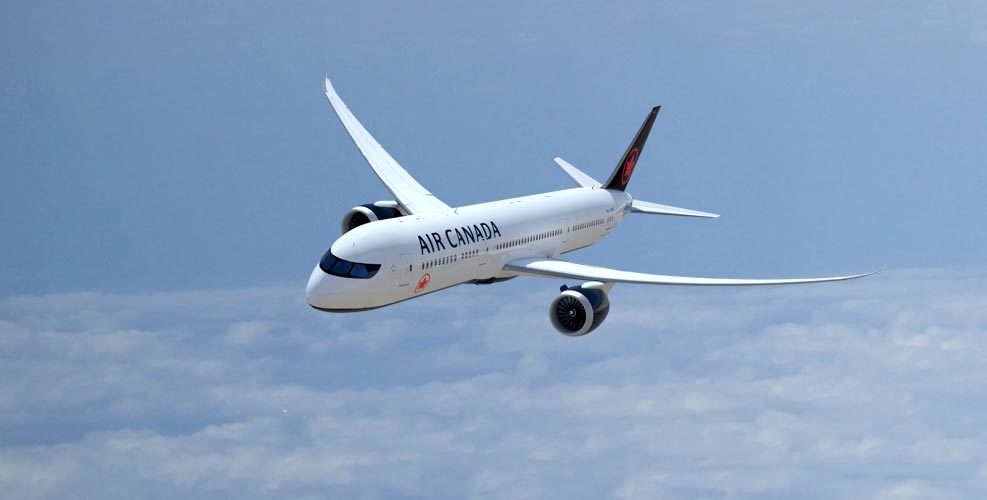Estimated reading time 5 minutes, 37 seconds.
Canada remains a regulatory laggard when it comes to pilots’ flight and duty times (FDT) but Transport Minister Marc Garneau indicated Sept. 19 that he’s letting the issue ride for now–at least until updated rules are finalized.

Meeting with reporters outside the House of Commons on its second day back from a three-month summer recess, he was asked about proposed amendments to Parts I, VI and VII of the Canadian Aviation Regulations (CARs) which would permit time in the cockpit beyond what are considered internationally-accepted norms. The proposals were published July 1 in the Canada Gazette.
Asked whether he was not putting pilots at risk by not adapting “more stringent standards,” Garneau replied that the draft CARs were “an opportunity for both pilots and for the airlines–not all of which share the same opinion–to express themselves” before a final version is published in the Gazette.
“Our intention of course is to make sure that we put in place finally when we formalize . . . regulations that will ensure the safety of the travelling public.”
The Air Canada Pilots Association (ACPA) has said that Canadian FDT rules are not in compliance with a six-year old recommendation to the International Civil Aviation Organization (ICAO) that there must be a “science-based” approach to the issue of flight crew fatigue.
ACPA points out that many ICAO members have already modified their regulations, including the United States, India, Australia and the European Union, while others had already been compliant.

Garneau told reporters that his department is “looking at all the different standards” because individual states have “slightly different rules, depending on whether we’re dealing with large passenger aircraft or smaller so-called commuter aircraft or taxiing aircraft.”
He added: “safety is uppermost in our minds and we’ve done a great deal of consultations.”
Asked whether his department might hire more inspectors to enforce stricter adherence to FDTs, he suggested that current staffing levels are appropriate.
“I’m very proud of what Transport Canada does in terms of our inspection and in terms of making sure that whether it’s airplanes or pilots that we’re ensuring . . . they’re safe for the public. And I don’t hesitate to take any measures when I consider that that’s at risk.”
Having said that Canada had done “a great deal of research” on how FDTs are managed by the U.S. Federal Aviation Administration and other organizations as well as operators, he said: “We feel that we’ve come up with a program of flight duty days under various circumstances that addresses the situation.”
In pushing for stricter FDT management, ACPA said Canada should ensure its approach is science-based and harmonized with other jurisdictions. It cited the case of a Boeing 767 captain who had just finished a flight to Greece with his co-pilot and had bumped into a three-person United Airlines crew which had just flown in from the eastern U.S.
“The first thing they asked us was ‘where’s your other guy?’ ” the AC pilot recounted. “When we told him Canadian airlines don’t have to fly with a third pilot on board for that kind of long-haul route, there are just two of us for 12-plus hours, he thought we were joking.”
ACPA said that updated FDT rules must address long-range flying in which a single leg is longer than 8.5 hours as well as challenges associated with long-range flights at night or across multiple time zones. Otherwise, “Canada would risk exposing a significant gap where our country continues to fall outside of the . . . ICAO standards, leaving it vulnerable to future accidents or incidents.”
It also pointed to a U.S. study which showed that nearly 20 per cent of major incidents and accidents investigated by the National Transportation Safety Board from January 2001 to December 2012 had identified fatigue as a probable factor.
“Canada must not wait for a catastrophe to occur before adopting science-based regulations and harmonizing with the rest of the world,” ACPA said. “Some shift work is inevitable in a 24/7 transportation industry, but the aviation industry in Canada must include regulations and best practices to mitigate against fatigue wherever possible.”









Laggard? Please….Let them study the best way to implement FDT’s that can accommodate different sections of the workplace. I do not fly 12 hour legs, so why should AC pilots get to tell me how long I should be at work. The Commuter and Air Taxi segment will be hit a tremendous blow should they implement “across the board” limitations.